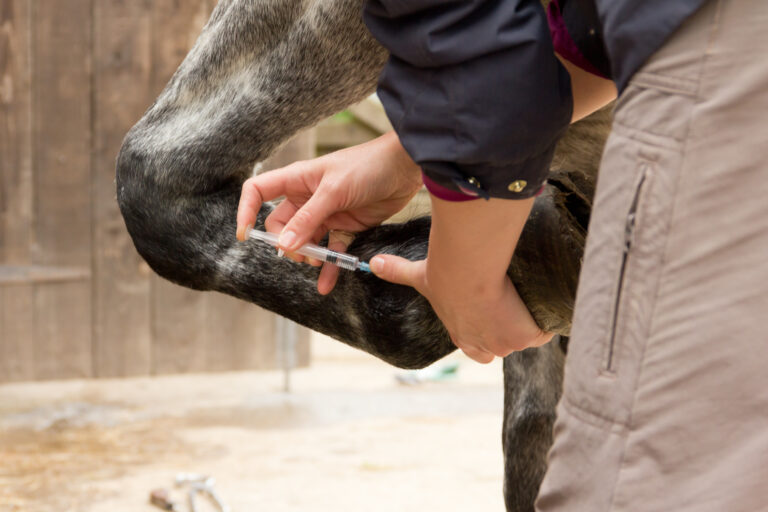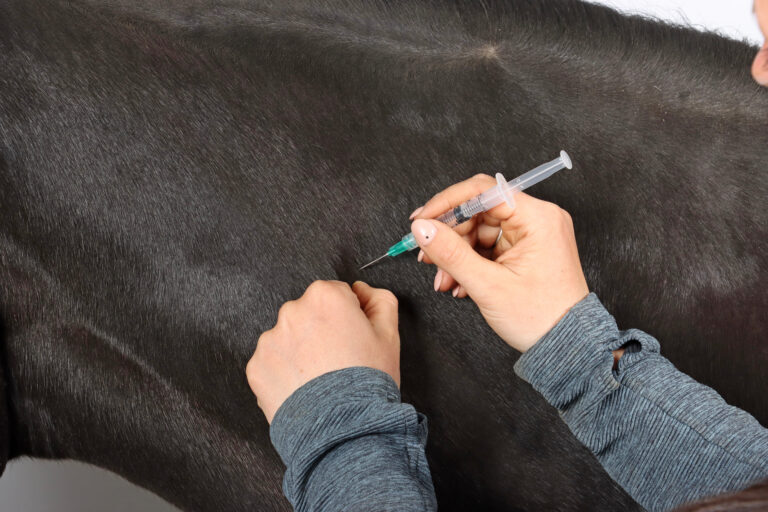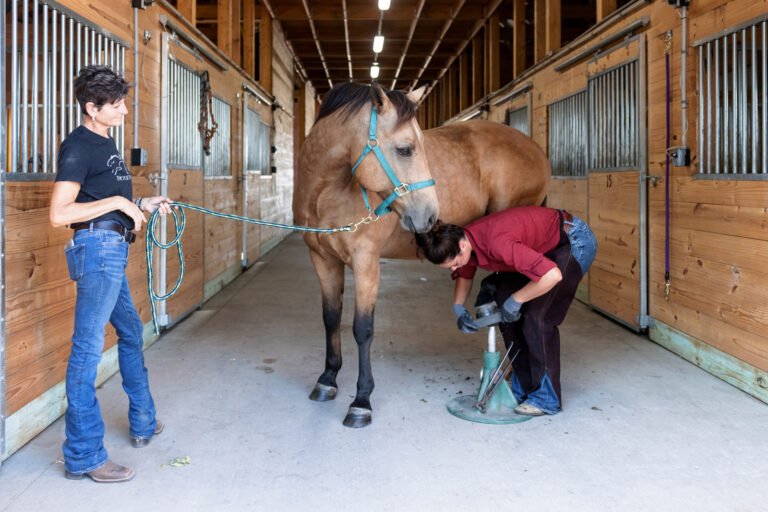
You might wonder when it makes sense to buy pharmaceuticals or medical supplies in bulk.
Learning of a great deal if you buy a large quantity can make even the most frugal practice owner want to sign on. Deciding whether it is the right decision for your practice requires answering a few questions:
- How long will it take you to use up the proposed quantity?
- What is the expiration date on the items?
- Are the items about to be made obsolete by a new improved product?
- When do you need to pay for the items?
- Can you return any unused stock if you overestimated your order?
- “How much are you really saving?
Many practitioners are unaware of the costs associated with the inventory that they carry in their pharmacies. Those costs include holding, ordering and shrinkage (loss of product without income).
Holding costs of inventory include having dedicated heated and lighted storage space in a building, insurance to cover the inventory from loss, OSHA compliance, and personnel to dust stock and maintain an orderly pharmacy. The estimated holding cost is 8-15% of the true total cost of each item. Ordering costs include the hourly wages, payroll taxes and benefits of the staff member who orders, unpacks, stocks, enters the shipment into the computer and counts the stock to generate an inventory list.
Ordering costs are estimated to be 15-20% of the true total cost of the item.
So even before any shrinkage, each $1 of inventory costs the practice another 23-35 cents.
Pharmaceuticals, medical supplies and other necessary supplies that are sitting on shelves are subject to shrinkage. This occurs because of expiration, breakage, theft or damage. It can add significantly to the cost of having inventory. If the pharmacy is unlocked and management is lax, the additional cost of shrinkage could be substantial. Having larger quantities of inventory increases the chances of shrinkage.
Because COPS (cost of professional services) is the second-largest operating expense for a practice after employee costs, and pharmaceuticals and medical supplies are the major component of COPS, managing inventory is critical to a successful business. Careful attention to inventory can have a significant effect on profitability. There is a substantial amount of the practice assets invested in inventory at any given time, and this is a common cause of poor cash flow. Carrying inventory for months and needing to pay for it before it is sold or used in providing services can cause financial struggles.
If you have high confidence that you will use the items in a bulk order within the next three to six months, can get delayed billing, and the cost savings is substantial, taking advantage of this opportunity could be a good decision.
An example would be buying 70-80% of your previous year’s vaccine totals during the AAEP Convention, as industry partners typically have excellent deals at the trade show and during the month of December. Careful examination of your projected vaccine needs in the upcoming year might cause you to alter your order in a positive or negative direction. Think carefully about whether you have added a new, large boarding farm as a client or lost a busy breeding farm. Then hedge your projection by reducing it by 20-30%.
Other deals might revolve around free goods, as in “buy two, get one free.” These can be excellent opportunities if the medication or product in question is one that you use frequently. Keep in mind that packaging ages during too much time on the shelf or traveling in the truck. It can be hard to sell scuffed-up merchandise. Utilize your veterinary management software to investigate your use of items before making your decision on a bulk purchase.
Many practices carefully set up procedures where the invoice costs for arriving items are added to the software to automatically update prices. Be sure that the savings that you receive for a bulk buy are adding to your profit, not being passed on to your clients unwittingly. Your procedures for adjusting drug and supply prices should typically require a practice owner to sign off on any lowering of standard prices.
If you analyze bulk buying opportunities carefully and only take advantage of those that will definitely bring benefit to your practice, you can find meaningful savings without ending up with a pharmacy full of unneeded items. Take the time to make wise choices.

Disclaimer: This content is subject to change without notice and offered for informational use only. You are urged to consult with your individual business, financial, legal, tax and/or other medical providers with respect to any information presented. Synchrony and any of its affiliates, including CareCredit, (collectively, “Synchrony”) makes no representations or warranties regarding this content and accept no liability for any loss or harm arising from the use of the information provided. All statements and opinions in the article are the sole opinions of the author. Your receipt of this material constitutes your acceptance of these terms and conditions.




